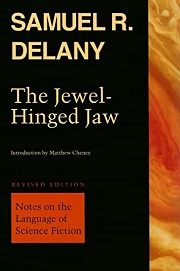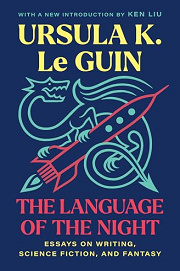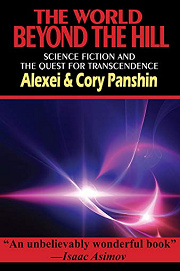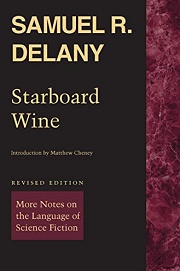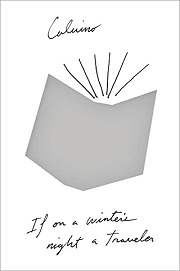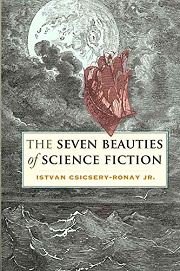Share your thoughts in a quick Shelf Talk!
The Jewel-Hinged Jaw by Samuel R. Delany
How does science fiction reshape our sense of language, narrative, and possibility? In incisive, provocative essays, The Jewel-Hinged Jaw explores the mechanics of wonder—from sentences to structures—inviting readers to see the genre not just as entertainment, but as a vibrant laboratory for ideas. It’s a foundational tour through the craft of speculative storytelling.
Have you read this book? Share what you liked (or didn’t), and we’ll use your answers to recommend your next favorite read!
Love The Jewel-Hinged Jaw but not sure what to read next?
These picks are popular with readers who enjoyed this book. Complete a quick Shelf Talk to get recommendations made just for you! Warning: possible spoilers for The Jewel-Hinged Jaw below.
In The Jewel-Hinged Jaw, did you enjoy ...
... rigorous, theory-rich close readings of how speculative sentences cue worldbuilding?
The Language of the Night by Ursula K. Le Guin
If the granular craft talk in Delany’s “About 5,750 Words” and the title essay’s riff on SF’s reading protocols lit you up, Le Guin’s essays—especially “From Elfland to Poughkeepsie” and her introduction to The Left Hand of Darkness—will scratch the same itch. She dissects diction, voice, and world-signal density with the same seriousness Delany brings when he parses how a single clause shifts the reader’s conjectural model of a world.
... big-picture philosophical frameworks for what SF is doing and why it matters?
The World Beyond the Hill by Alexei Panshin and Cory Panshin
Delany’s meditations on myth, semiotics, and the epistemology of SF—like his distinctions about subjunctivity and how readers learn a text’s "rules"—find a sweeping companion here. The Pan shins trace the genre’s philosophical lineage from Romanticism through Campbell, Stapledon, and Heinlein, giving the same kind of conceptual scaffolding that Delany builds when he moves from sentence-level analysis to what those sentences mean culturally.
... collage-like, footnoted criticism that turns reading protocols into an aesthetic adventure?
Starboard Wine by Samuel R. Delany
If you loved the typographic play, long footnotes, and close-reading bravura of “About 5,750 Words,” you’ll enjoy how Starboard Wine doubles down on that method. Delany splices essays, lectures, and marginalia into a mosaic that, much like the title piece in The Jewel-Hinged Jaw, explores how SF teaches you to read it while you’re reading—only here the experiment is even more overt and form-forward.
... self-reflexive attention to the act of reading as the real narrative engine?
If on a winter's night a traveler by Italo Calvino
Delany’s fascination with how a sentence instructs the reader—those moments where he shows how a clause reorients the imagined world—finds a fictional mirror in Calvino’s novel. From the opening address to "You, the Reader," the book literalizes the mechanics Delany teases out in The Jewel-Hinged Jaw, turning protocols and expectation-setting into the plot itself.
... ornate, concept-dense critical prose that theorizes SF’s aesthetics and effects?
The Seven Beauties of Science Fiction by Istvan Csicsery-Ronay Jr.
If Delany’s baroque, theory-suffused style—his semiotic vocabulary and lyrical pivots in essays like the title piece—was part of the pleasure, Csicsery-Ronay’s lush criticism will feel like home. He maps “beauties” such as estrangement and futurity with the same kind of stylistic richness and conceptual bite that make The Jewel-Hinged Jaw as pleasurable for its sentences as for its insights.
Unlock your personalized book recommendations! Just take a quick Shelf Talk for The Jewel-Hinged Jaw by Samuel R. Delany. It’s only a few questions and takes less than a minute.
